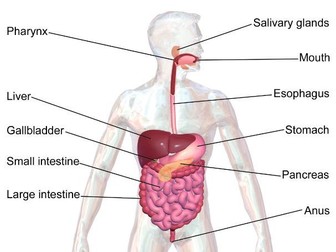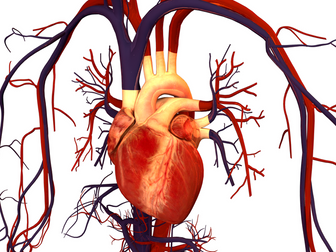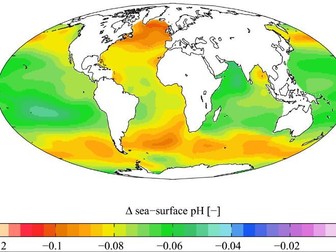Digestive System #GoogleExpeditions
This is an overview of the digestive system and how our nutrients are digested!
SWBAT:
1. List the different nutrients
2. Identify organs in the digestive system and describe their function.
3. Identify which organs digest each of the nutrients and what enzymes are used.
Guiding Questions:
What are the nutrients you would find on a food label?
When they are digested, what do they get broken down into?
What are the organs of the digestive system?
What enzymes are found in the digestive system? What, specifically, do they break down?
Where are the three nutrients each digested? Which enzymes are involved?
What are some disorders of the digestive system?
What are the role of probiotics in the digestive system?
What does it mean if someone is lactose intolerant and can’t eat dairy?




